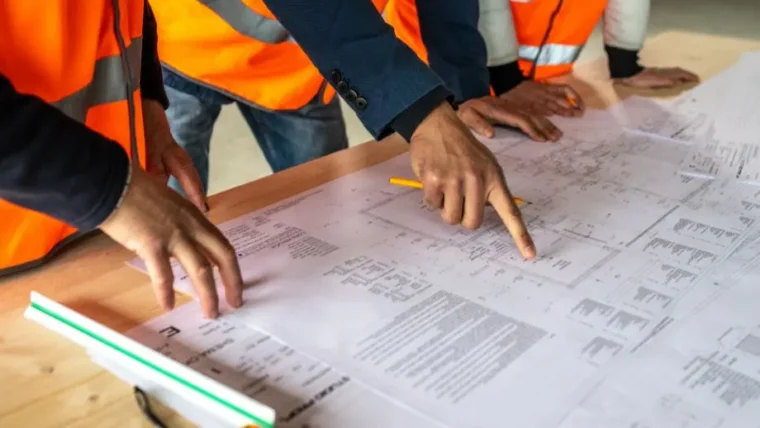How is Artificial Intelligence Making Wastewater Applications Smarter? – blog 4
13 December 2017
In last week’s blog, we looked at how AI can be used in wastewater applications. The blog centres around the CENTAUR™ project, and focuses on how AI can be used practically to make wastewater applications smarter.
CENTAUR™– a case study
CENTAUR™ is an intelligent autonomous system for local urban flood risk reduction. It utilises untapped network capacity. It does this through the operation of a gate to control flow based on an intelligent algorithm which leverages local water level data. CENTAUR™ is a self-managing, easily deployed system, which can be less costly than capital and space intensive solutions.
In beta format, it is operational in Coimbra in Portugal, contributing to flood protection of a World Heritage Site. Further implementations are planned in France in parallel to full market launch.
The control intelligence for CENTAUR™ is a fuzzy logic algorithm. Genetic Algorithms are being trialled off-line in the optimisation of the FL algorithm.
It could be said that the increased network handling capacity and financial benefits (capital avoided) come from the algorithm. However, without the robustness of monitoring and communication technologies as the enablers, the effective application of AI would not be possible.
Much of the design of the system has been focussed on reliability and fail-safes. The system uses specially engineered communications to guarantee signal without latency. An online dashboard connects to the system hub and gives operational visibility. Although the dashboard isn’t necessary for the operation of the system, it introduces convenience features. The gate technology is purpose-designed for the application and for easy deployment. It has physical fail-safes in the form of overflows which keep upstream risk to an absolute minimum. Sensors are designed to give reliable data at low power, with special installation techniques to avoid in-manhole problems. However, if communication or sensor failures should occur the system remains safe.
Although not necessary for the autonomous operation of the system, an online dashboard connects to the system Hub and provides operational visibility.
The lessons from this case study are in the way the technology has been enacted to leverage the advantages of AI whilst guarding against any downsides. This design and application diligence is as important as the AI itself. With this, it is important to note that expertise in modelling, hardware, communication and software design from across the EU in a Horizon 2020 project.
Acknowledgement
The CENTAUR™ project in the case study has received funding from the European Union’s Horizon 2020 research and innovation programme under grant agreement No 641931









